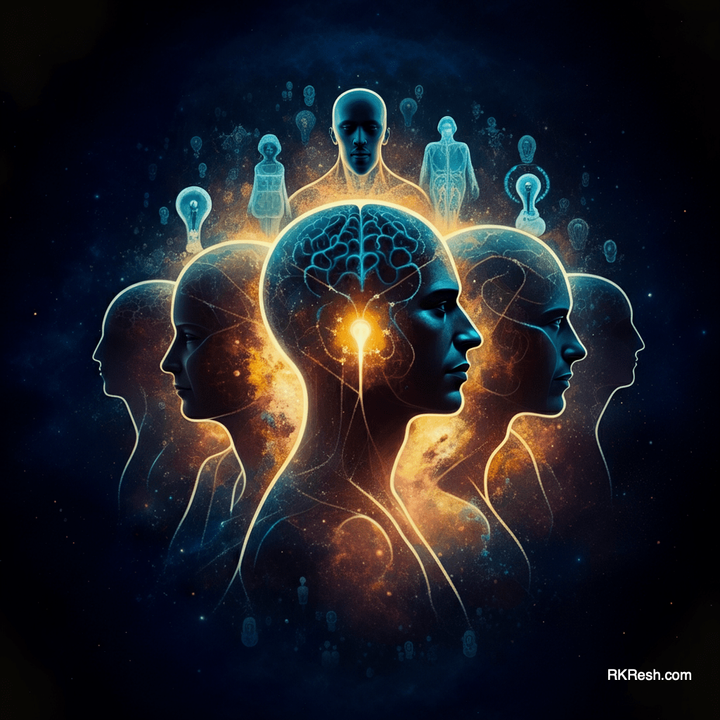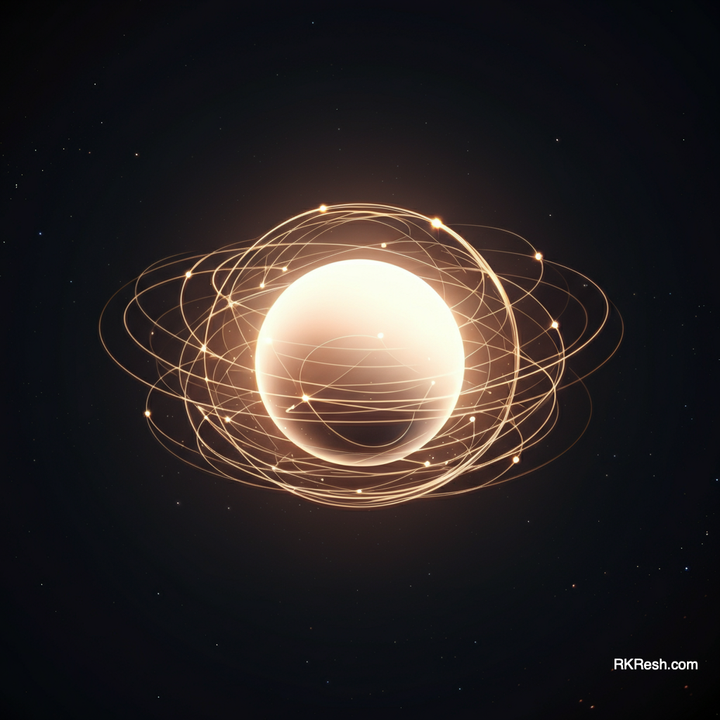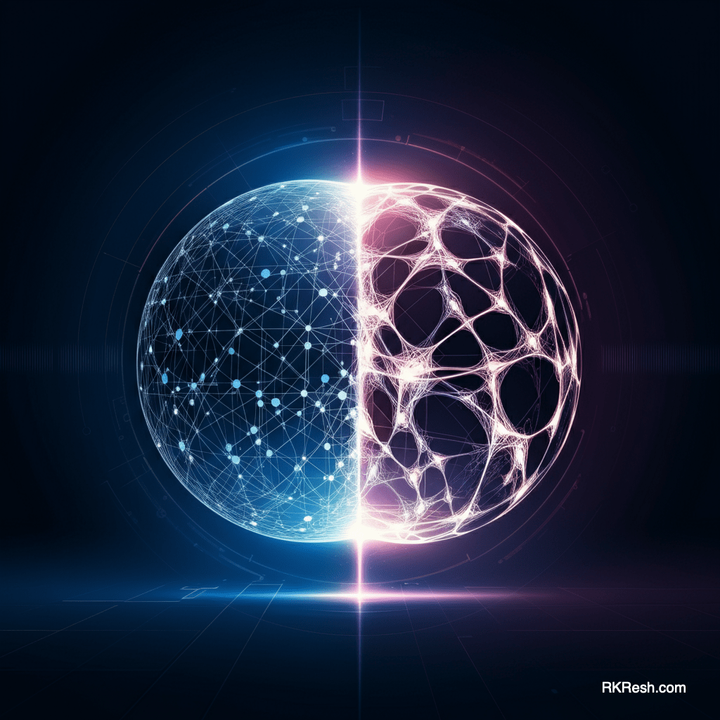Consciousness in Physics—Is There a Place for It?
009 Explore the interplay between physics and consciousness, where Attention may connect subjective experience with universal truths. Could creativity be a fundamental force? Uncover the possibilities that challenge our understanding of reality and invite us to rethink the nature of existence.
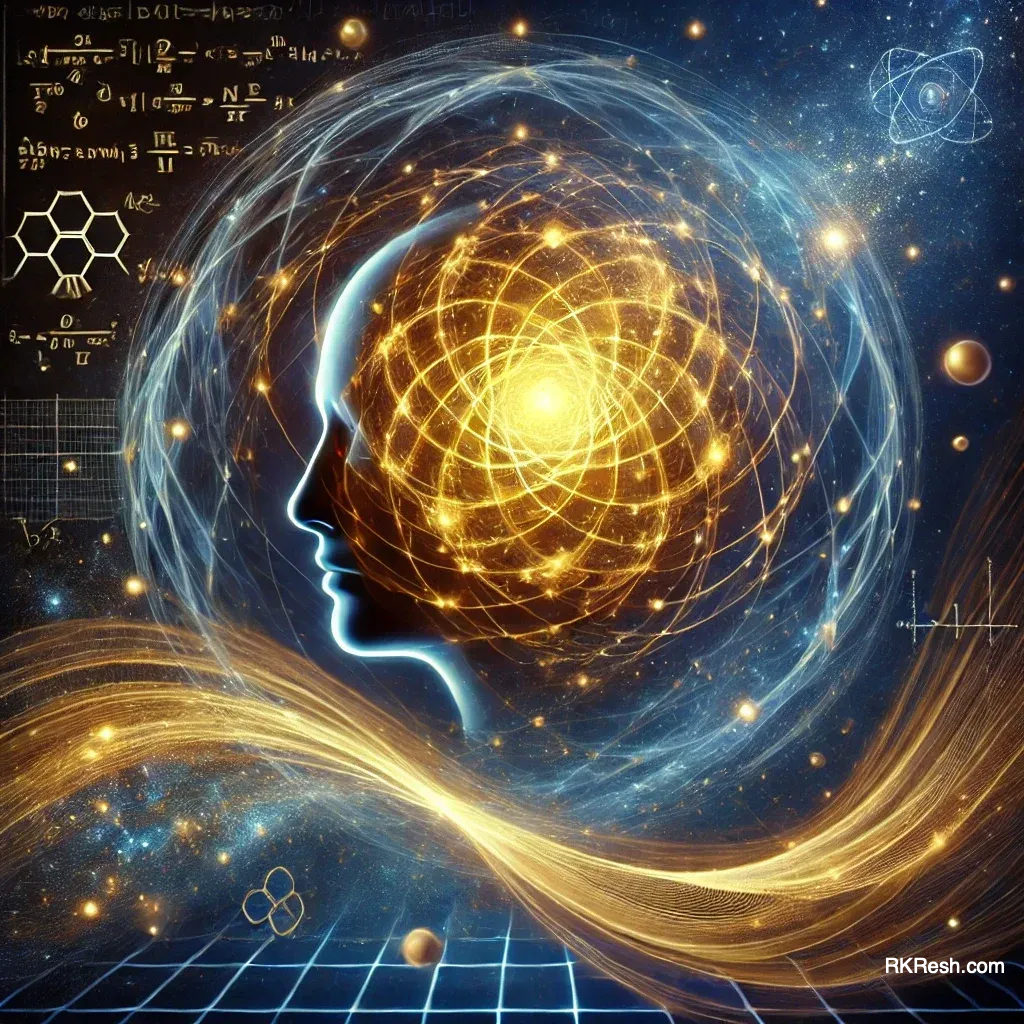
In the previous article, we explored the observer effect and how observation connects with the fabric of reality. We questioned whether our attention simply witnesses existence or actively shapes it, blurring the line between observer and observed. By touching on quantum mechanics, we began to uncover the link between consciousness and the universe, inviting reflection on the vast dimensions of Awareness. But the journey doesn't end here—our next exploration delves deeper, asking what lies beyond observation and how understanding it might reveal the nature of existence.
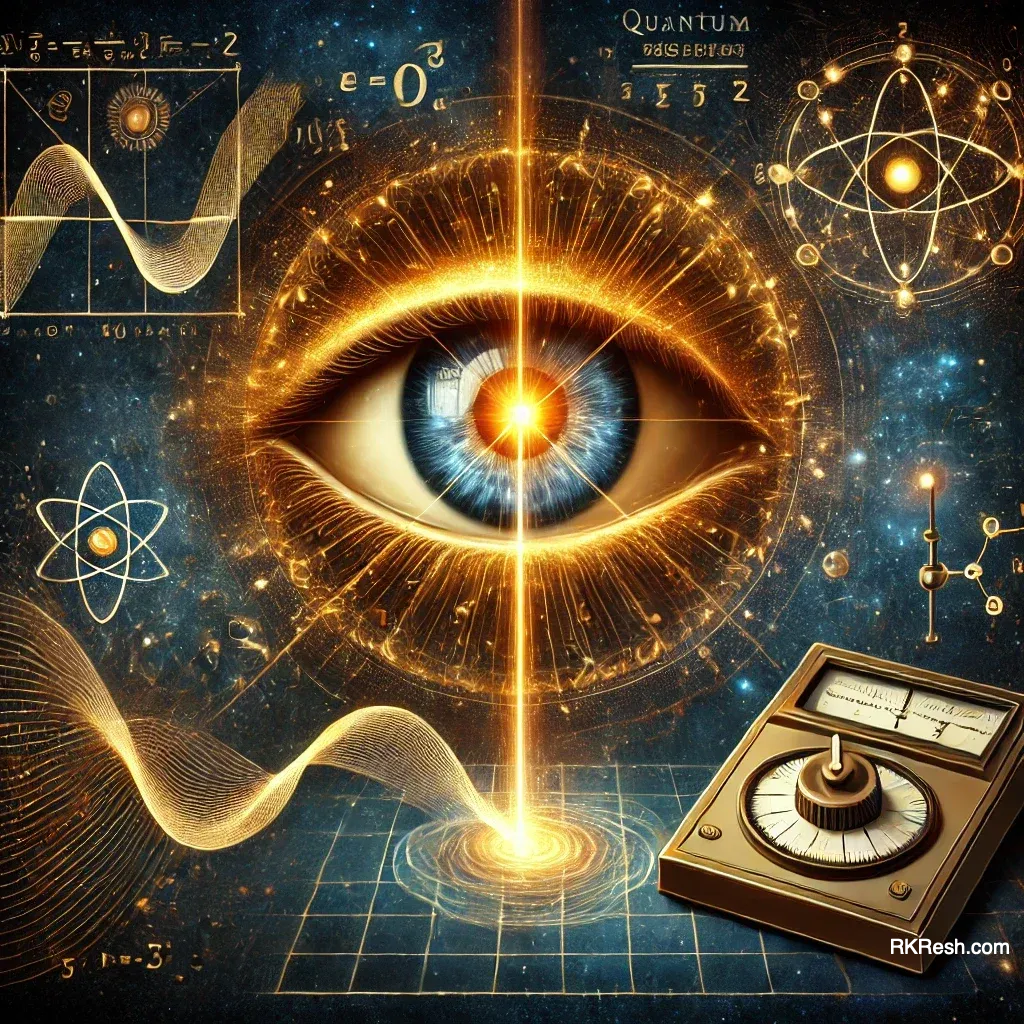
Does consciousness have a role in the grand equations of physics? For centuries, the study of existence has neatly divided subjective experience from hard science, leaving mind and matter to inhabit separate realms. But what if consciousness is not just a passive observer of the universe but a key player in its mechanics? Today, we venture into a provocative realm where the tangible and the intangible may no longer live separately—where consciousness might claim its place in the language of physics.
Could there be a bridge between the intangible currents of thought and the measurable forces of the physical world? If so, perhaps the concept of "Attention"—the quiet yet profound faculty that threads our experiences together—holds the missing key. This article explores advances in thought, controversial theories, and emerging models that bring subjective awareness closer to the heart of physics.
Quantum Mind Theories
Physics, in its boldest stretches, seeks to explain not only the stars and particles but also the mysterious observer who contemplates them. Quantum mind theories are among the most daring attempts to unify these realms.
One prominent model, the Orch-OR theory devised by Sir Roger Penrose and Stuart Hameroff, suggests consciousness arises from quantum processes occurring within the microtubules of neurons. This perspective posits that the mind’s seemingly mysterious operations are rooted in the fundamental interplay of quantum mechanics. It’s within these infinitesimal junctures that consciousness could emerge—both as perception and as influence.
Orch-OR proposes that wavefunction collapse, a phenomenon often discussed in quantum physics as the transition between possibilities and realities, is intrinsically tied to consciousness. Here, the observer does more than observe—they shape outcomes. This theory positions the mind as a quantum participant, a conductor in the grand score of subatomic symphonies.
It’s a breathtaking proposition—but one, as we’ll see, that stretches the comfort zones of mainstream physics.
Challenges in Mainstream Physics
Despite the poetic audacity of quantum mind theories, mainstream physics largely resists consciousness as a scientific variable. Traditional physical models pride themselves on objectivity and reproducibility—qualities that consciousness, with its subjective and individual nature, seems to defy.
The "hard problem" of consciousness, so eloquently stated by David Chalmers, underscores this resistance. Physics excels at unveiling the workings of neurons, synapses, and circuits. It maps brain activities and predicts behaviours. Yet it falters when asked to explain why these processes create subjective experience at all.
Though some dismiss the mystery as an emergent property—arising naturally from matter’s complexity—others sense that something vital is being overlooked. Mystics whisper where physicists hesitate. Can physics truly represent a complete model of reality without encompassing the wonder of awareness?
Beyond the hard problem lies another hurdle—measurability. Subjectivity resists quantification. How can something as personal as experience bend itself to physical equations designed for universal truths? The gap remains vast.
In my view, the perceived gap between these states is not as vast as it seems. Through my observations—both inwardly and outwardly—of how my mind and consciousness operate, I’ve noticed a fascinating interplay between two distinct modes of thought: one quantum, the other classical.


